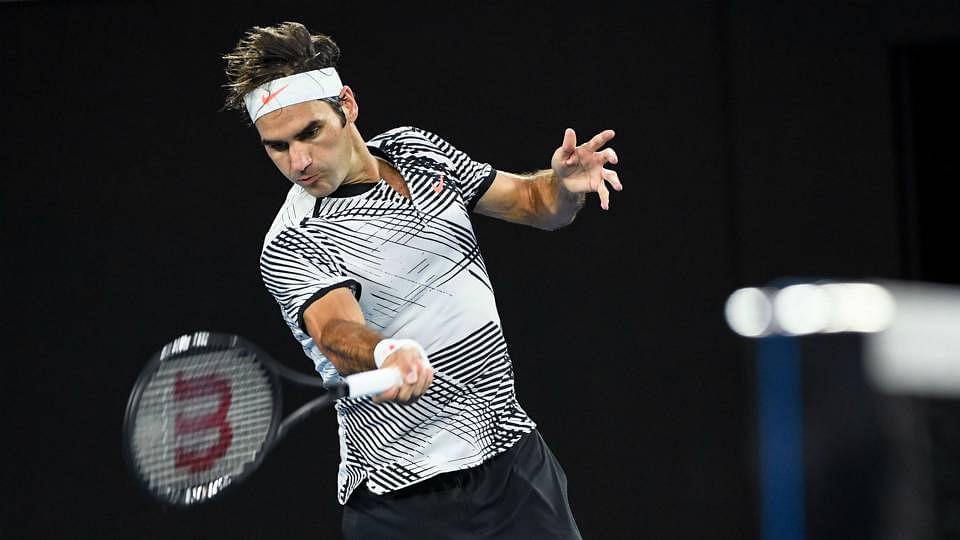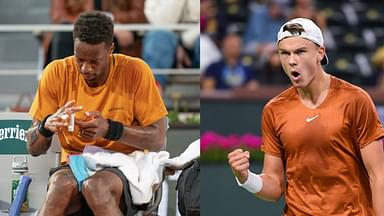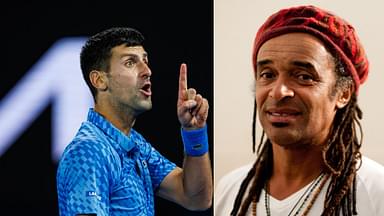Roger Federer’s comeback victory at the Australian Open was one of the most emotional moments in recent sporting history. Six months out following a knee surgery, Federer defied all odds and won his first Grand Slam in a long time. Rafael Nadal has claimed that Federer’s success is a result of his backhand which has had added a new dimension to his repertoire.
“Roger did something unbelievable and I believe that it is true that his backhand is great now,” Nadal told a small group of reporters last month in Monte Carlo.
“But in my opinion his return is one of the biggest improvements.”
ALSO READ : Federer reveals his first tournament of 2018
This ‘Sneak Attack By Roger’ aka SABR, is the biggest change that Federer has added to his game. Charging forward as his opponent tossed the ball, Federer would return serve on the half-volley. This in turn would rush the server and give Federer an advantage over him.
The SABR has also helped Roger dramatically improve his backhand, which will be something that everyone will watch out for in the upcoming Wimbledon tournament.
Craig O’Shannessy, the analyst for the ATP Tour, had this to say about Federer’s new found approach.
“With the SABR it was the half-volley and insanely short in the stroke whereas on (the regular) return, he’s letting it come at him but it’s essentially a similar, very short blocking rebounding stroke,” O’Shannessy said.
“The size of the backswing gets Roger in trouble. Now he’s removed that size, it hasn’t taken anything away from the speed, he’s still accelerating into contact really well and he’s taking the ball a little earlier so he actually has more speed to work with, taking it early with that ball coming out of the court.”
This is what Federer had to say,
“I think (it has helped) a lot because it’s been solid, I can count on it,” Federer told the ATP. “I think I’ve really gotten confident through a lot of practice at the end of last year and then in matches and I was able to drive the backhand more than I did before.
“I’m coming over the backhand return much more, which allows me to enter the point in a much more aggressive fashion, and it seems to be working so far.”







